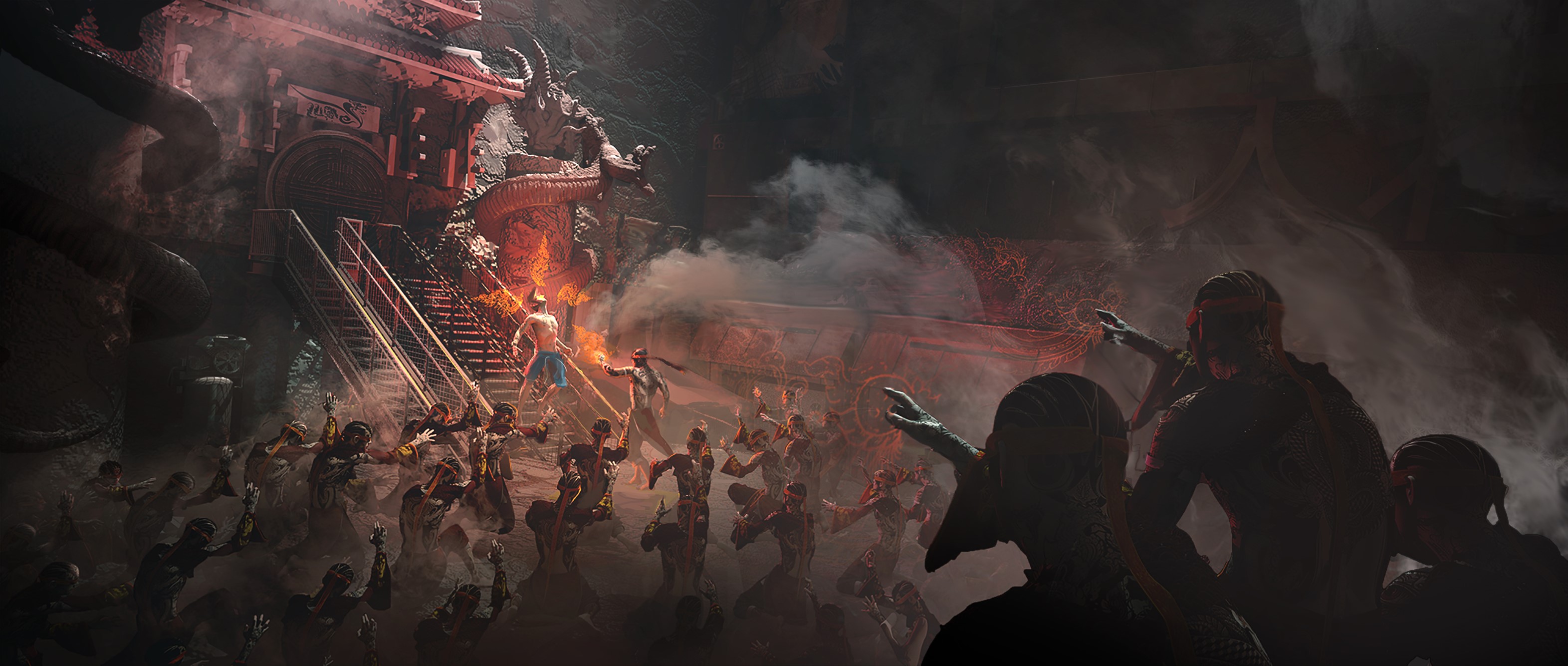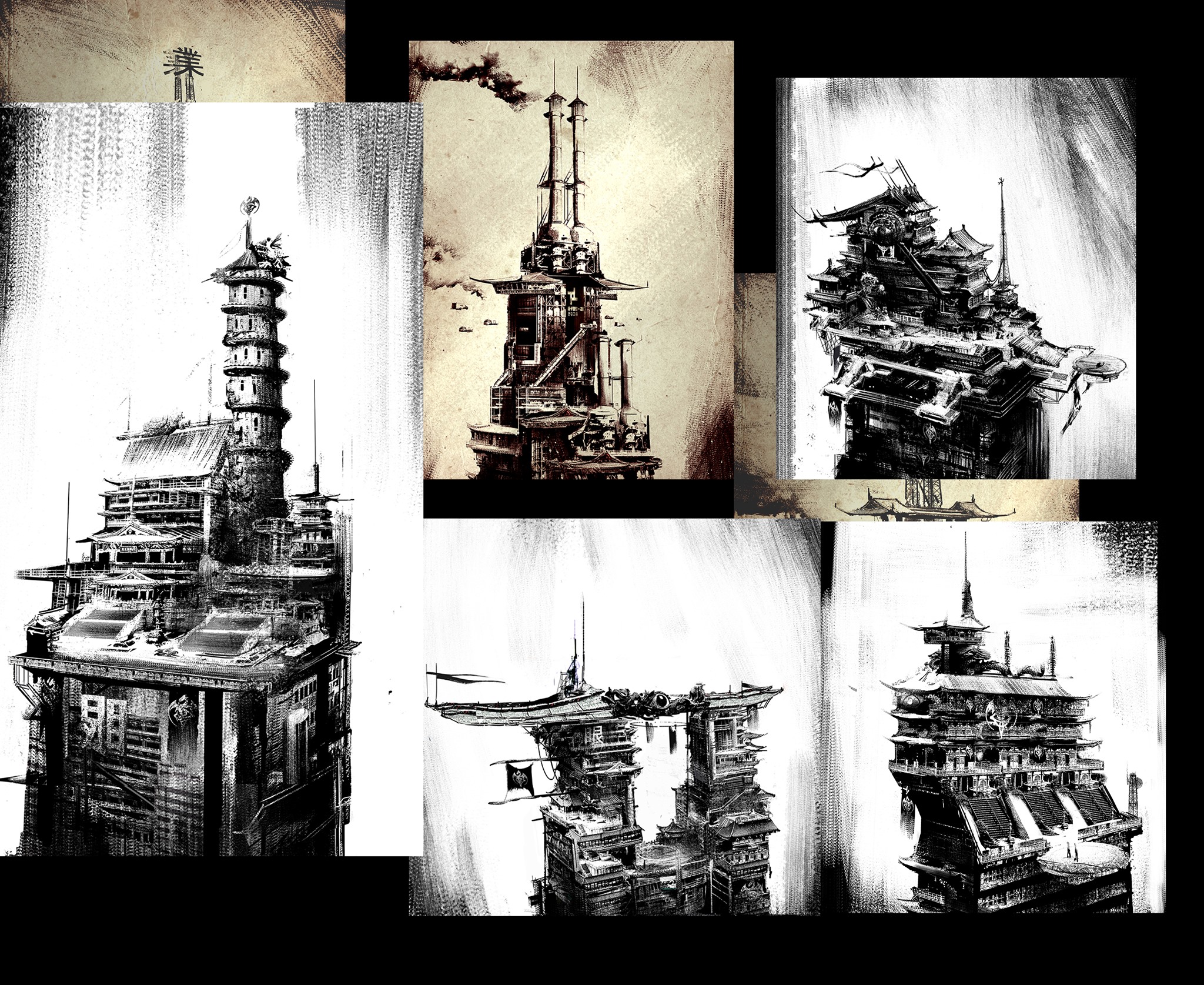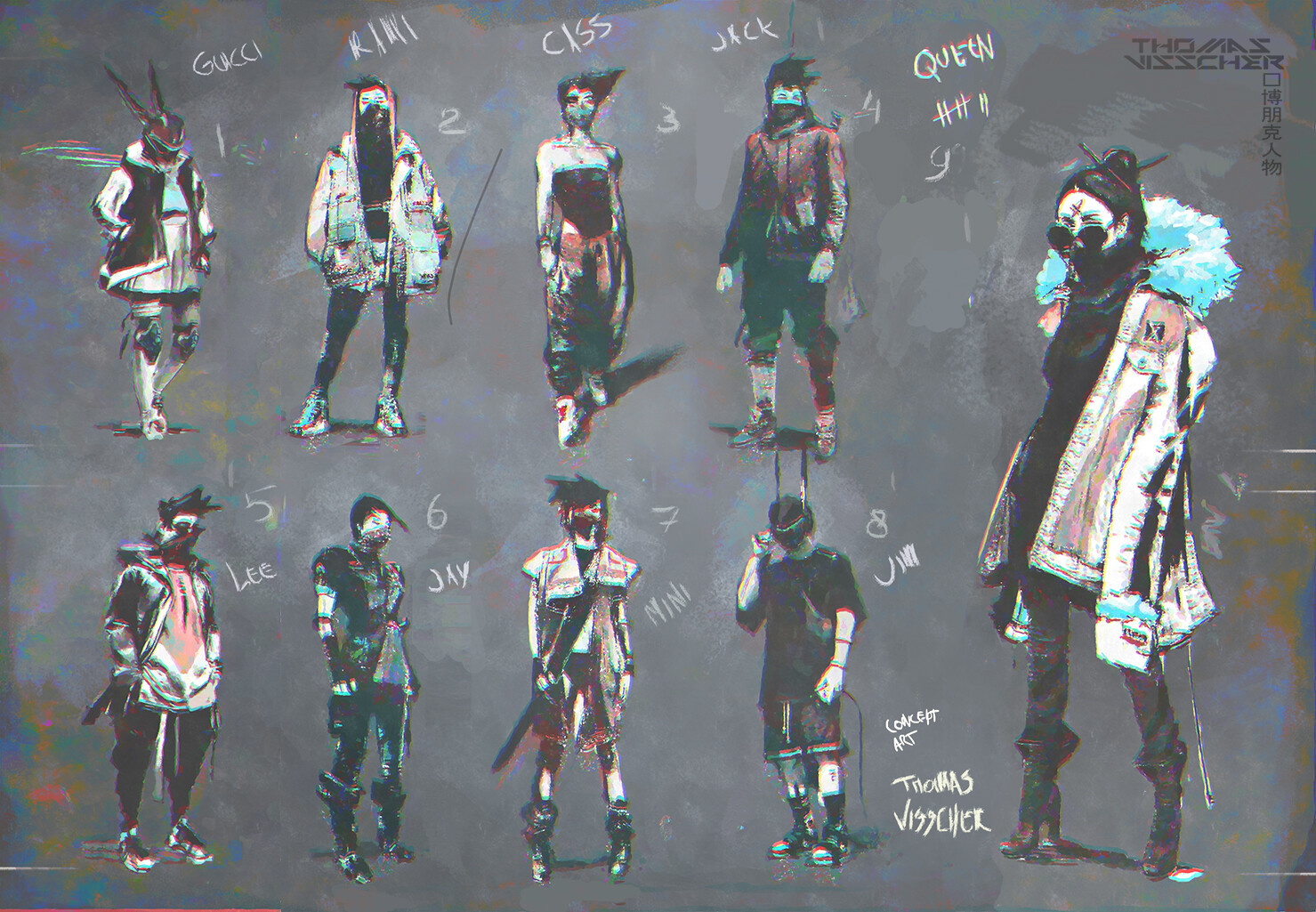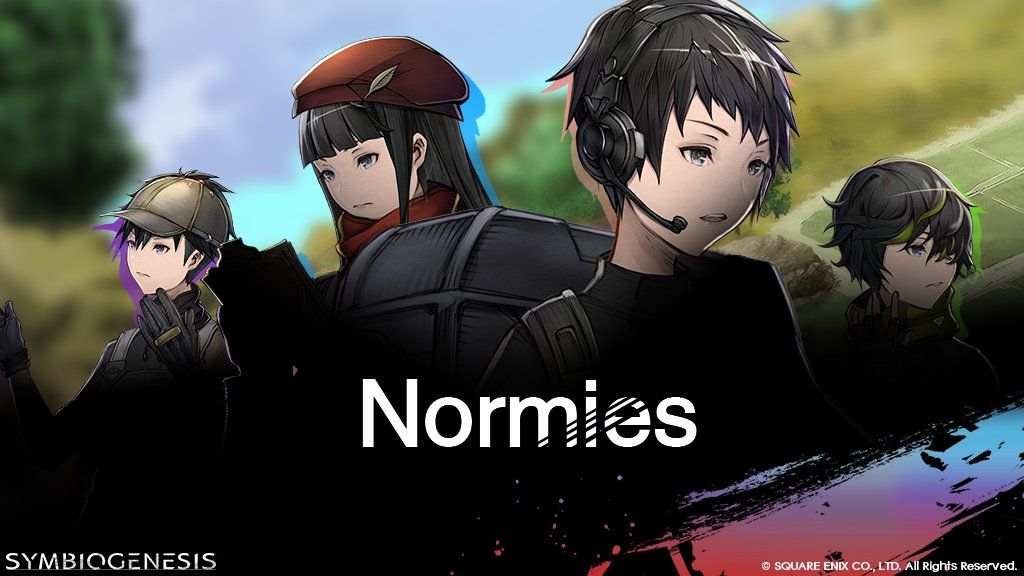Table of Contents
If 2021 was the year for NFT projects, 2022 might just be the year for GameFi projects. Inspired by the success of Axie Infinity, countless developers have splintered off to form their own gaming guilds.
But whilst GameFi’s model of generating revenue through crypto whilst elevating communities out of poverty is certainly noble in nature, how can projects emerge as a true contender among the myriad of competitors?
We spoke to Red Door Digital, which prides themselves on being a gaming guild built by gamers, for gamers.
Reflecting back on the start of Red Door Digital, CEO and co-founder Joe Derflinger explained to us that his inspiration came from being a “lifelong gamer” and monitoring the change in the mobile gaming landscape.
“I’ve been in the game industry for over 10 years,” Derflinger tells us. “For me, I’m a console, PC and mobile gamer. From that experience, I could see how there was a lot of pushback on mobile games but now there are some great gameplay experiences you can have on mobile.”

Derflinger went on to tell us that whilst he began to pay attention to cryptocurrencies such as bitcoin and ethereum in 2017, he only became heavily interested in NFTs and DeFi last year.
“In January, I just experienced a lot of different chains on a lot of different projects. And for me, since I play a lot of different kinds of games, which also have secondary markets, I thought: why don’t we make games that are actually designed to incorporate blockchain in a way that works?”
“Since I play a lot of MMOs and I know a lot of other people in the game industry who work on MMOs, how about we come together and actually make games that work? There’s another revolution using Web 3.0, and with interoperability these abilities give users more ownership of their assets. If we actually made a line of projects whilst helping mainstream culture understand it, we’ll have a great future.”
Of course, Derflinger isn’t the first to notice the lucrative opportunity provided by Web 3.0 in the gaming field. In order to stay ahead of the competition in the p2e space, Derflinger told us that Red Door is taking a few things into consideration.


“A very important factor is who the user base is,” Derflinger says. “You have to have the right economics in there. We attract a number of players [to our game] but it’s also a blockchain game so we do need to appeal to blockchain users. If you’re a P2E gamer, you can go in and play to earn. But at the same time, we have people who are gamers who want to collect NFTs. They’ll derive a lot of value from playing the game, primarily in entertainment, but also in the NFT secondary market place.”
Derflinger added that passive investors will also benefit from such games. “If they wanted to stake and just passively invest, they can do that,” he said.
“Successful P2E games need to have strong economics and also strong entertainment value,” he continued. “Instead of it being extremely simple, where people don’t really care about the games, they just go in there just to earn only. I think that one’s a little bit more difficult to sustain long term.”
In terms of the scale of games, Derflinger says AAA games are not Red Door’s competition… at least for now. Derflinger highlights how indie titles on Steam garner great success and he sees a similar appetite growing for GameFi projects.
“On Steam there are a lot of indie titles that get huge followings with [low] budgets,” Derflinger says. “I think it’s a matter of creating the right experience for the right audience, and they’ll be very dedicated.”

He also added that indie titles have the luxury of being adaptable and creative. “It’s different from the massive titles because they aren’t as flexible,” Derflinger explained. “For a famous IP that’s been going for a long time, [developers] have more constraints on what they can do. They may have to maintain a similar type of gameplay for several years to appeal to the same people. They’re just continuing but they’re not necessarily able to really experiment with something more groundbreaking.”
This then enables Red Door to widen their scope of games from a creative standpoint, Derflinger tells us. “We will be bringing in a lot of different types of games in different genres, as well as styles to create examples of how you can make these games incorporate blockchain,” he says.
“We will also be supporting Web 2.0 developers who are interested in going to Web 3.0 but are not quite sure how to do this,” he added.
Red Door CTO See Wan Toong, who has been in the gaming industry for almost 20 years, has experience working with gaming software developers including EA and Ubisoft. For See Wan, now is the right time to focus on the MMO blockchain market.
“There’s a lot of support for going into the virtual world,” See Wan says. “I mean by the community themselves and by the market. So I think that’s why It’s a good time. And also it’s sustainable. In the past, [the game] was controlled all by [one] company to make the game. But now, there are more tools so the player can actually be involved.”
See Wan believes that players should have more of a say in gaming development, and blockchain gaming enables this. “For developers, in the end, the players know the games more than you do, so they definitely know what they want moving forward. Infrastructures such as DAOs allow players to be directly involved, giving them ownership of the game.”
“In the end, if the player really likes the game, they contribute and they can actually make a team [with developers].”
Whilst marrying gamers with developers certainly sounds promising, there has been extensive backlash from the gaming community towards developers who have tried to implement NFTs into their projects.
Ubisoft was notoriously slammed for introducing NFTs in their recent Ghost Recon title, whilst Konami and Square Enix were criticised for simply mentioning a likening for NFTs. Of course, See Wan is more than aware of the backlash from the gaming community surrounding NFTs, but sees the mindsets of gamers evolving over time.

“Casual gamers haven’t understood how NFTs and blockchain can be used,” See Wan said of the backlash thus far. “The first wave of games are not designed to be a game, they’re designed to be a DeFi project. Slowly, as more and more people see the benefit of NFT gaming first, the games will get better. It’s just like when MMOs and free to play first came out; people were sceptical and were saying it’s not sustainable.”
“Even when mobile gaming first came out, people said it sucked,” he continued. “But look at where we are now. Web 3.0 will make a paradigm shift and whenever there’s a paradigm shift, people will go against it or won’t understand it at first. Slowly, as more and more people come in, with more and more success stories, people will build better and better games.”










